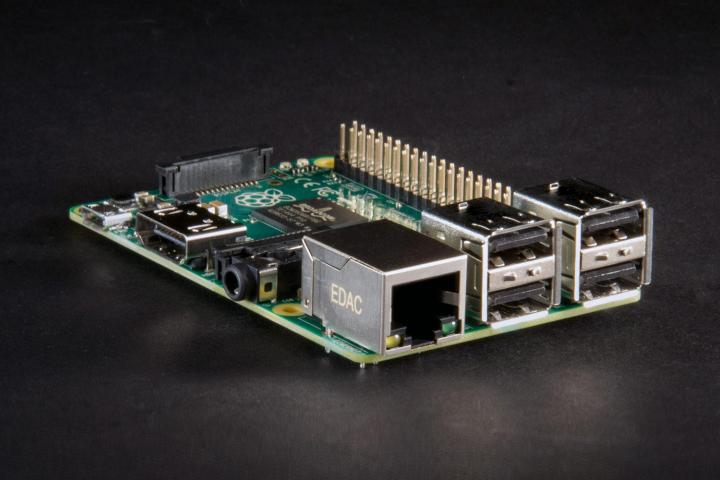
Devices like Arduino, Raspberry Pi and Intel’s Minnowboard Max will be able to run the new edition of Windows 10, which has been designed specifically for this branch of technology. The intent is for Microsoft to continue developing its relationships with creators working with such platforms, as that was a major focus of the company’s keynote at BUILD.
This version of the OS is called Windows 10 IoT Core, and a preview is being made available today for developers enrolled in the Insider program. IoT stands for Internet of Things, the movement towards taking advantage of connectivity in physical products that have traditionally done without it. The small size and low cost of microcontrollers like Arduino and Raspberry Pi make them ideal for prototyping and manufacturing such devices.
The IoT Core Insider Preview offers support for both the Raspberry Pi and Minnowboard Max. Microsoft’s partnership with Arduino was only officially announced today, so at present the only software being made available for those devices is Windows Remote Arduino and Windows Virtual Shield for Arduino. Windows 10 was also announced as the world’s first Arduino-certified OS, so expect to see more from this relationship in the future.
It’s important to note that this doesn’t mean a full Windows 10 desktop will operate on these devices. Windows 10 IoT is stripped down and intended for people looking to build on devices with very limited resources. It exists to let developers leverage Windows development tools and the Azure cloud platform, rather the desktop GUI environment.
Microsoft continues to target the breadth of the industry with Windows 10. It will certainly be interesting to see whether this strategy results in their greatest success to date — or results in a product spread too thin. More information on Windows 10 IoT Core can be found at the Windows Dev Center.
Editors' Recommendations
- Scores of people are downgrading back to Windows 10
- Windows 11 vs. Windows 10: finally time to upgrade?
- Microsoft plans to charge for Windows 10 updates in the future
- Microsoft warns that relying on Internet Explorer may cause disruptions
- It’s not just you: Microsoft confirms Windows 11 is having gaming issues


